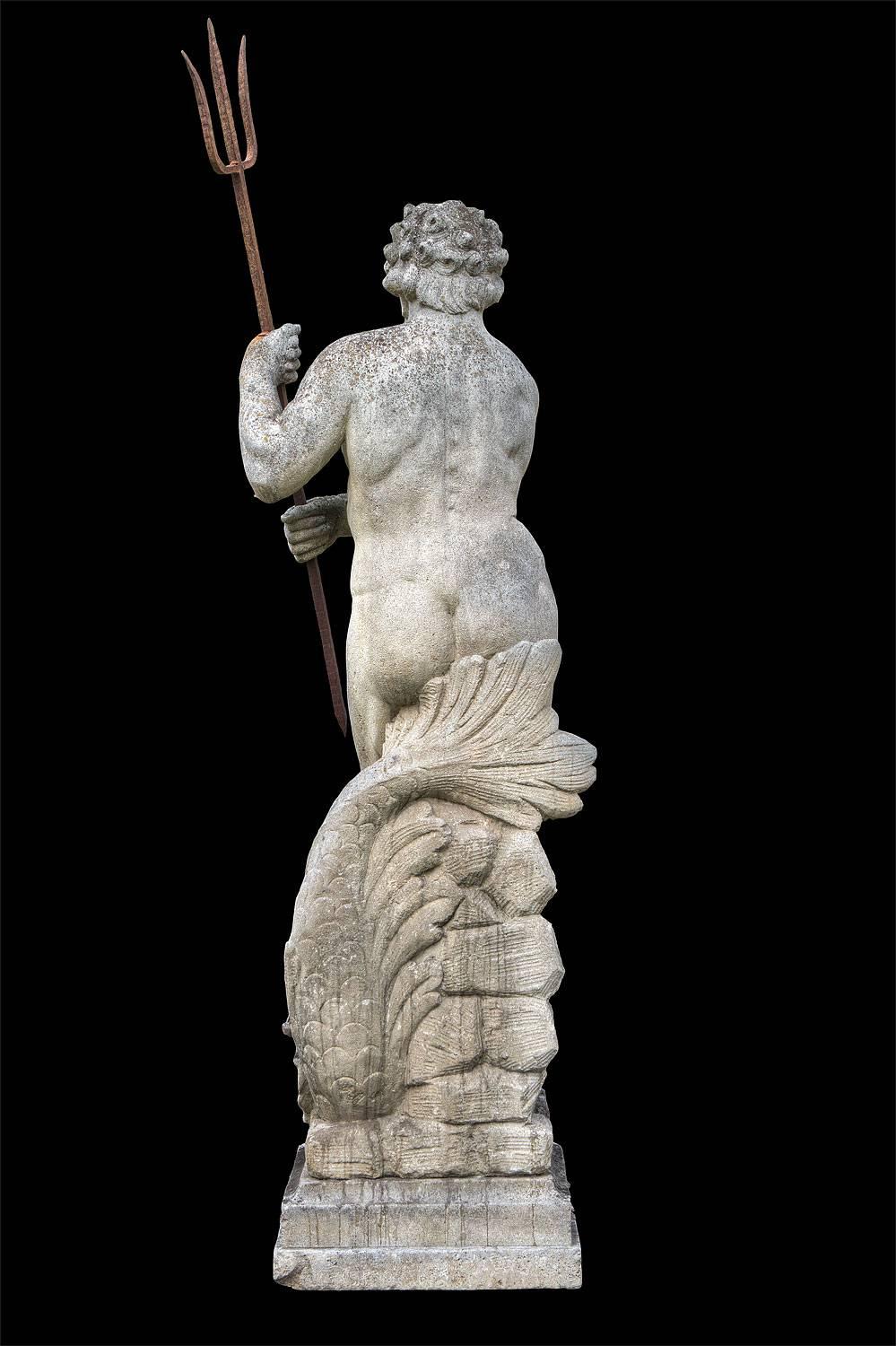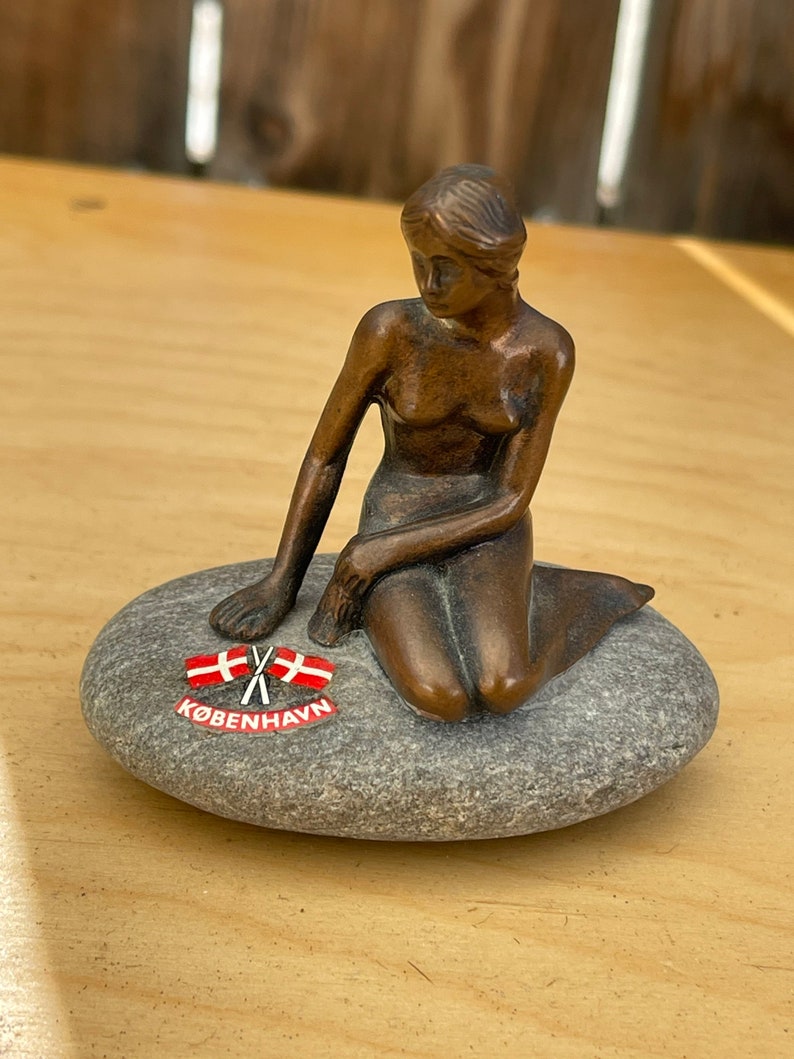

This article addresses from a global perspective the study of the use and dissemination of marmor, both local and imported, in Italica, an exceptional city in the western part of the Empire in terms of its wealth of imported stone types from major classic quarries. La investigación realizada se centra en el empleo e identificación de los diferentes tipos de marmora presentes en el yacimiento, el uso de los mismos a lo largo de la vida de la ciudad y en los espacios en los que aparecen, así como la compilación de los estudios previos realizados sobre el tema tratado. The types of marmora identified using archaeometric techniques are as follows: Luni‐Carrara, Almadén de la Plata (Seville), Chain of Mijas (Malaga), and a banded variety that can be called Cipollino, of Hispanic origin, most likely attributable to Almadén de la Plata (Seville).Įste artículo afronta desde una perspectiva global el estudio del uso y la difusión del marmor, tanto local como de importación, en Itálica, ciudad excepcional en la parte occidental del Imperio en lo referente a la riqueza de tipologías pétreas de importación procedentes de las principales canteras clásicas.The study methodology proposed in this paper is based on the characterization of archaeological pieces and quarries material.


Analysis of marmora from Traianeum, Italica (Seville, Spain), has allowed to establish the source area of stone ornaments used in its monumentalization.However, given that this was a construction promoted by the emperor, it might be possible that it would have come from Greece. In addition, cipollino marble was mainly used for the column shafts of the hecatostylon portico, but the analysis has not been able to specify its exact provenance, whether it is from Euboea or local, possibly the area of Almadén de la Plata. Malaga) were used particularly for wall coverings and pavements, whereas Luni‐Carrara marble stands out as the preferred ornamental foreign marble used in column shafts, bases, capitals, balustrade finishes, and so forth.

Local marbles from Almadén de la Plata (prov. The study highlights the simultaneous use of local and, above all, foreign marbles. Seville, Spain), the imperial cult shrine commissioned by Hadrian in honour of his adoptive father, Trajan, from a petrographic, mineralogical, and geochemical point of view. This article aims to identify a series of stone materials used in the ornamentation of the Traianeum of Italica (Santiponce, prov.


 0 kommentar(er)
0 kommentar(er)
